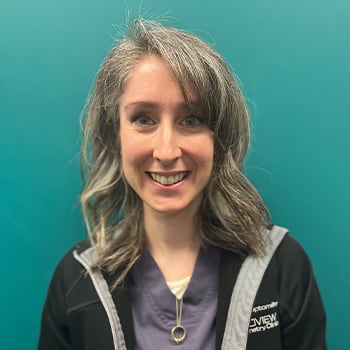February is Low-Vision and ARMD Awareness Month!
To join in this month of awareness, we’re going to overview what low-vision means, then later on in the month we’re going take a look at a common example in particular: Age-Related Macular Degeneration (ARMD).
To start us off– what many people would consider blindness is not actually a total lack of vision. The people with a cane or dog that you might notice aren’t necessarily seeing nothing but blank, but they aren’t seeing well enough to perform certain activities. And it’s not just not having the right prescription either. Those who suffer from low-vision cannot simply have their sight corrected with contact lenses and glasses.
However, did you know that in Canada even someone suffering a temporary vision loss can be enrolled with the Canadian National Institute for the Blind (CNIB)? They help with Low Vision Rehabilitation, which means they will help a person use what vision they do have in the best way possible, even when it takes training or tools. As optometrists, our doctors are in the best position to guide a person in Low Vision Rehabilitation and specialists they may need to see as soon as someone notices their low vision getting in the way of what they want to do.
If you notice a vision change, don’t ignore it. Even children and young adults suffer from blindness or low vision.
If you have any questions or want to learn more, you can contact us by email or give us a call. Even if somehow we don’t know the answer, we’ll try and find it for you!



